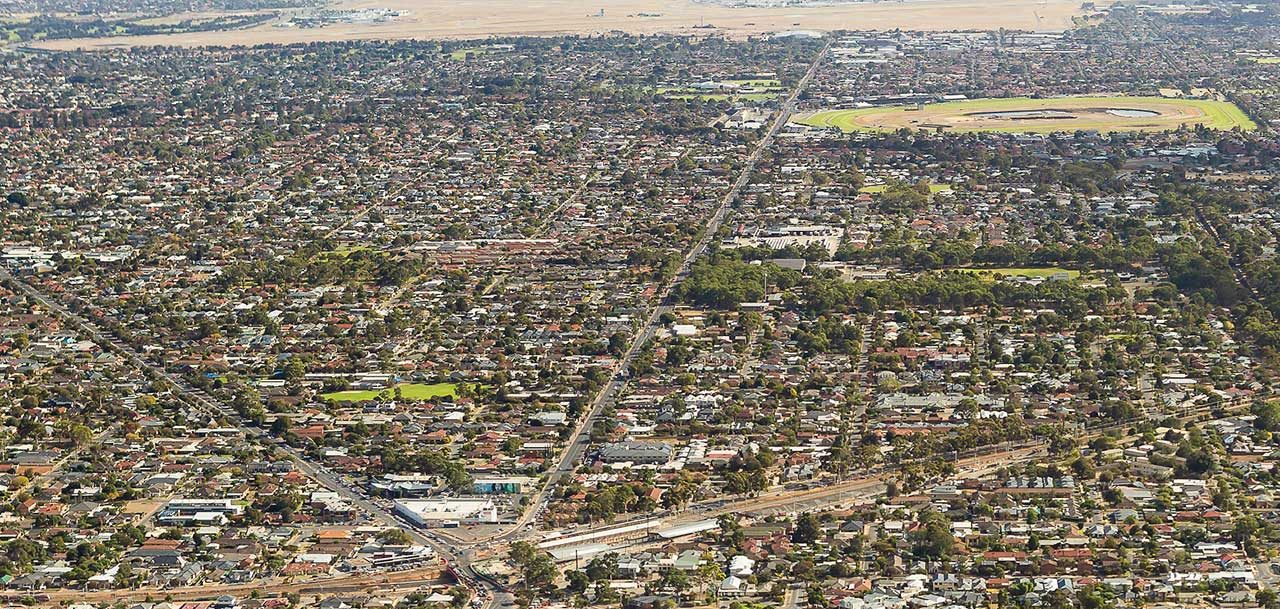This article is from the Australian Property Journal archive
THE Albanese government’s scheme to build one million new homes in a partnership between federal, states and territory governments, private investors and superannuation funds has been welcomed across the property industry for its intent, although there are doubts over whether the number of home will be enough to keep up with demand.
The first Labor budget in nine years, handed down by Treasurer Jim Chalmers, outlined the national Housing Accord that would see 200,000 homes built each year for five years from 2024. The federal government will spend $350 million to build 10,000 affordable homes within period and the states and territories to contribute a further 10,000.
Arjun Paliwal, founder and head of research of buyer’s agency InvestorKit, said it was great to see housing supply as a key part of the conversation, but the plans will not be enough to curb the rental crisis, help first home buyers, or solve the social housing supply issue.
“Although the Housing Accord target of building one million more homes in the next five years sounds exciting, it is actually quite similar to the last five years of building activity as reported by Australian Bureau of Statistics.
“Many fail to understand that we are to see circa 200,000 incoming migrants with the cap lift each year and that Australia typically sees 450,000 to 550,000 housing transactions per year. An announcement of 10,000 places here and there or similar building trends over the last five years being repeated isn’t enough.”
Graham Wolfe, the Housing Industry Association’s managing director, said the budget shows “leadership” to tackle Australia’s housing supply and affordability challenges, and setting a housing benchmark that can be measured, monitored and delivered. HIA’s forecasts show around 196,000 new homes are predicted to start in 2022 and 2023, falling to around 185,000 in 2024 and 2025.
Paliwal said that the incoming social housing much needed and welcomed, “but we have to remember there are over 100,000 people on the public housing waitlist. I don’t believe the Housing Australia Future Fund’s plan to build 20,000 new social housing dwellings even touches the sides of this issue”.
The social housing target is an improvement on current deliveries but according to the National Housing Financial Investment Corporation (NHFIC) Review in 2021, falls short of the 45,000 affordable and social houses each year to maintain the existing huge shortfalls in housing. AHURI research shows there is only about 3,000 new affordable and social houses each year.
The Real Estate Institute of Australia (REIA) congratulated Treasurer Chalmers on “making housing supply the centrepiece” of the budget, with REIA president, Hayden Groves praising the plan for holding state and territories “accountable” and dealing with the key barriers in land release, planning and being pro-investment for the private property markets.
“Done right, this can give Australia’s housing stock the generational injection it so badly needs in the same way policy programs in the 1970s did,” Groves said.
“Of course, the devil will be in the detail, and much more detail will be needed especially in relation to the intent to provide opportunities to superannuation funds and build-to-rent developers ahead of Australia’s mum-and-dad investors.
Property Council of Australia chief executive Ken Morrison said, “The intention is bold and sorely needed”.
“Enlisting the states and territories in the solution is necessary and welcome. But there will need to be more tangible measures overlaid on these plans if the government’s objectives are to be met.
He said it was a “very welcome development” that government has commissioned the soon-to-be-established National Housing Supply and Affordability Council to review the policy settings for institutional investment into housing, with specific mention of build-to-rent housing.
Urban Taskforce said attention to the states’ planning regulations was also long overdue describing it as “the problem at the heart of the current housing supply crisis”.
“A fresh look at planning restrictions, timeframes for approvals and zoning provisions was explicitly referenced in the Treasurer’s speech and this is a clear signal to state planning bureaucracies.”
The Regional Australia Institute welcomed the commitment. CEO Liz Ritchie said “unprecedented regional market tightness is frustrating the attraction of new people to the regions” and contributing to an unprecedented 93,000 job regional vacancies – almost one-third of the nation’s entire internet-advertised jobs on offer.
The nation’s largest superannuation fund AustralianSuper announced it has signed the Housing Accord. CEO Paul Schroder said it was a positive step forward in finding real, lasting and scalable solutions to Australia’s housing supply challenges.
“Finding solutions to housing affordability and supply issues is not something that can just be solved by the Commonwealth or investors alone. Access to safe, secure and affordable housing is a challenge across the Australian community and needs all parties – governments at all levels, investors, planning, land release, construction providers and more – to support long-term solutions at scale.
“As Australia’s largest super fund, we want to be part of a broader solution while delivering on our overall purpose to help members achieve their best financial position in retirement,”
Schroder said a real benefit of the Accord was the flexibility it provided for various parties to collaborate, learn from each other and explore innovative solutions for the long term.
He said while finding opportunities to invest in affordable housing at scale, and which met members’ best financial interests, had been a challenge for super funds like AustralianSuper in the past, this should not be a barrier to considering potential investments in the future.
“AustralianSuper has already sought to address housing affordability challenges through our relationship with Assemble Communities and its innovative build-rent-to-own and resident financial coaching initiatives. In fact, construction is due to commence shortly on more than 370 units as part of two new developments in Brunswick and Kensington in Melbourne. We are committed to delivering strong, sustainable long-term returns to members and through the Accord we are pleased to explore the potential to do this while responding to this national challenge.” said Schroder.
Meanwhile super fund Rest, which represents more members under-35s than any other fund, said it is interested in exploring opportunities. CEO Vicki Doyle said Rest has been an investor in institutional residential developments overseas since 2014.
“In our experience, these assets have been valuable in enhancing the financial interests of our members. We are interested in exploring how the development of domestic residential investment opportunities at scale can provide similar value to our 1.9 million members.
“We represent more than one million Australians under the age of 35 who are decades from retirement, and more than one million women. We are always open to opportunities that can provide them with long-term financial benefits. Access to affordable housing also makes a significant difference to the financial outcomes of all our members in retirement.
“We support the consultation that has occurred to date and look forward to further opportunities to work with the Government, our industry peers and other stakeholders to address the barriers to investment and explore opportunities in this sector.” Doyle concluded.




